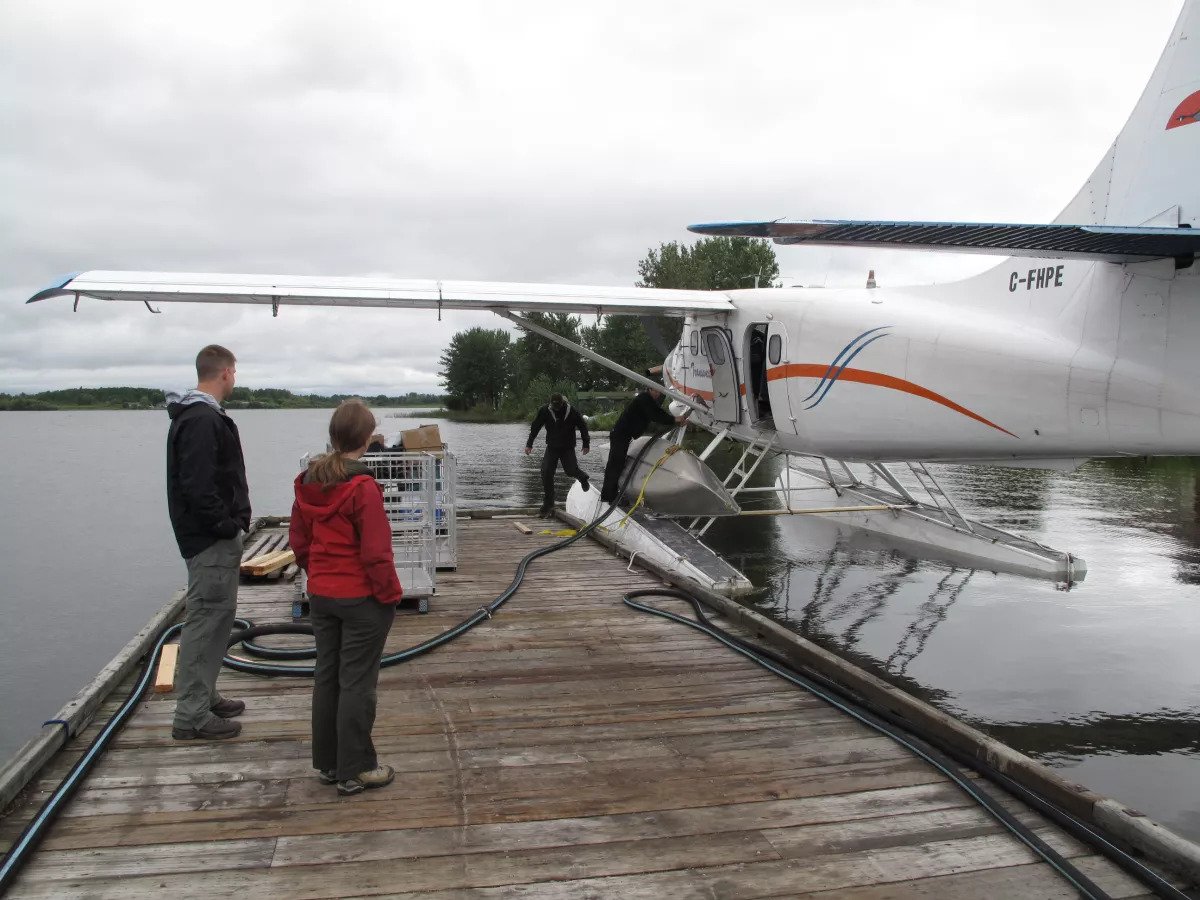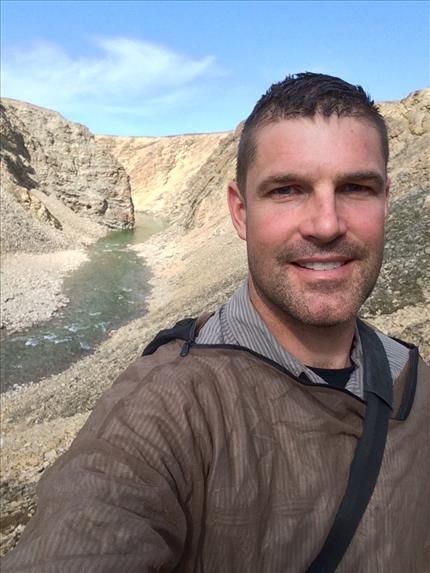Canadian astronaut Jeremy Hansen will fly into space for the first time during the Artemis II lunar mission. However, it turns out that he has already participated in the study of a rare crater on Earth. We are talking about Gow Lake in a remote area of Canada, which has formed as a result of a collision with a space body.

Jeremy Hansen and Gow Lake
It turned out that Canadian astronaut Jeremy Hansen, who was selected to fly around the Moon as part of the Artemis II expedition, had already explored the crater once. However, he did it on Earth, because he had never been in space before. Gordon Osinski, a professor at the Western University of Canada and one of the leading experts on craters, told about this page of his biography.
In 2011, he decided to explore Gow Lake, which was known to have a meteoritic origin. The only problem was that it was located in a remote area of the state of Saskatchewan in Canada and had been studied by geologists only once before in the 1970s. Then its study was extremely superficial.

Therefore, Osinski took a seaplane and, together with several assistants, went on a journey. One of them was Jeremy Hansen, who was then serving in the Canadian Air Force and was considered only an astronaut candidate.
It is worth noting that NASA, when selecting astronauts for lunar missions, pays great attention to having an earthly experience of adventures in various extreme places. It is believed that it can be useful in the study of the moon of our planet. For example, Hansen’s colleague on the Artemis II mission, Christina Koch, has explored glaciers in Antarctica and Greenland a lot.
When the crater formed
Due to the fact that Hansen was only an astronaut candidate during the 2011 expedition, he did not make any statements about this. But the expedition was really interesting. You can find out about this from an article published a few days ago.
The Gow Lake crater was formed about 200 million years ago. Now it is a reservoir in an irregular shape, in the center of which stands an island. In 2011, a team of geologists got there just a few years after severe fires raged in these places.

At the site, they found layers of molten rocks that were characteristic of the places where meteorite impacts occurred. At the same time, the thickness of these formations reaches several meters.
Rare type of crater
However, the most interesting discovery made by the expedition, in which the Canadian astronaut participated, was that the Gow Lake crater belonged to a different type than previously thought. For 50 years, scientists have been sure that this is a so-called complex crater, which formed with the complete destruction of the central slide and the release of magma in its place.
But the researchers found that in fact the central slide consisted of molten rocks that were in this place at the time of impact. This means that Gow Lake is a so-called transitional crater. There are many of them on the surface of the Moon, but only one such formation has been known on Earth so far — the Goat Paddock crater in Australia.
The most important thing is that the Gow crater is very similar to lunar craters, including those near the South Pole, where the Artemis program expeditions should land. Therefore, the study will help to better understand what and where it will be necessary to look for in them.
According to www.space.com
Follow us on Twitter to get the most interesting space news in time
https://twitter.com/ust_magazine

